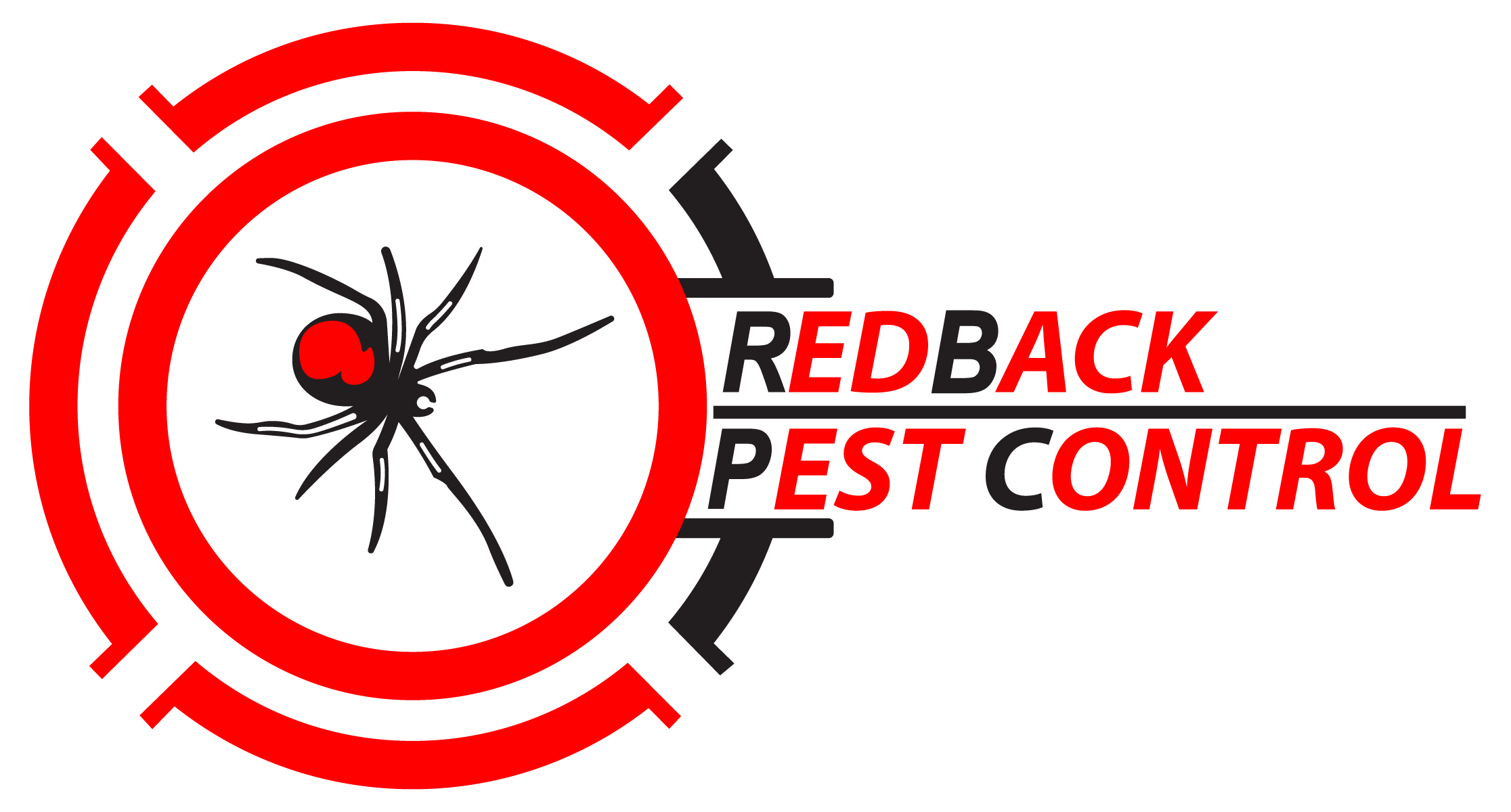If you think you have a problem with Fleas
call Redback Pest Control Sydney now on 1800 733 222 for expert advice
Fleas
LIFE CYCLE:
CONTROL:
Fleas are controlled by firstly ensuring that the host animal is regularly bathed in a residual flea shampoo or rinse such as “Saint Bernard Flea Shampoo or “Permoxin.” These shampoos contain the insecticide Permethrin, which is a synthetic pyrethroid. There are other Organo-phosphate based shampoos and rinses such as “Gamma-wash” & “Mala-wash”(Diazinon & Maldison as active ingredient). These are residual insecticides, though they are smelly, a lot more toxic and fleas are becoming chemical resistant to them. Regular bathings in Summer are every 2 weeks to 1 month and less often in winter.
When bathing is not a regular occurrence or the animal is introduced to an environment where there is a current flea infestation, flea breeding can result. When fleas are laying eggs in the fur of the host, some fall off onto the ground or where the pets usually reside, carpet and bedding etc. To gain effective control of fleas, the following preparations should be made:
- All children & pets should be removed from the areas to be sprayed
- All loose items should be taken away from the floor and ground areas
- The lawns are to be mowed and dry areas to be hosed if it is a hot day. (This is to float the flea eggs to the surface and to help keep the insecticide from evaporating too quickly)
- A thorough vacuuming of the carpet just prior to treatment, paying attention to skirting board areas and underneath furniture & lounge cushions.(This where rubbed off skin and larva live). Vacuum bags to be sprayed with fly spray or discarded
- THE SUB-FLOOR AREA IS TO BLOCKED OFF FROM ENTRY BY PETS.
- Pets and people to be kept away as much as possible from infested areas. This will have to be for at least 1 month in some cases. (It is a condition of warranty that this is carried out. Yes, it matters that much!)
- Bedding of pets to be thoroughly washed or discarded
- In severe infestations an Insect Growth Regulator (I.G.R.) may be used in tablet form which is added to the pet’s food. (This can be obtained on prescription from vets – trade name “Programme”). Another method of control by using tablets is a systemic method of control-trade name “Pro-ban.”
- Finally, the pet should be washed as soon as possible after the treatment with a residual flea rinse or shampoo such as “St. Bernard Flea Shampoo,” or in the case of cats, a residual flea powder. This should continue on a regular basis, preferably every two weeks in the warmer months to a monthly wash or powder in the cooler seasons
Using these simple pre-cautions will ensure that freedom from flea infestation will become a fact. Success definitely won’t happen overnight, although very pleasing results will occur approximately one month after treatment if these practices, as outlined above, are carried out.
CALL 1800 733 222 NOW!
For peace of mind remember to Book a Regular Termite Inspection from Redback Pest Control
Our Testimonials
Ken and Jason are very nice, helpful and professional. Their p&b report is very detailed, giving me a great insight…
Ken is your man !! when it comes to your pest and Building inspections,Look no further,ken and his team know…
This is by far the most professional and thorough building inspector I have used. He is extremely helpful, knowledgeable and…

